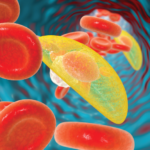ACR CONVERGENCE 2020—Research has shown time and again the benefits and low risk of physical activity for people with rheumatic diseases, but only a third or less of patients meet guidelines for this activity, Patricia Katz, PhD, professor of medicine and health policy at the University of California, San Francisco, said in the ARP Distinguished…







